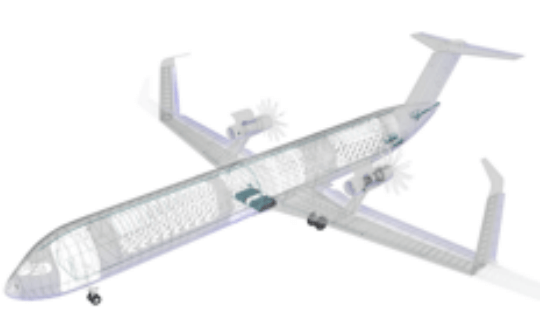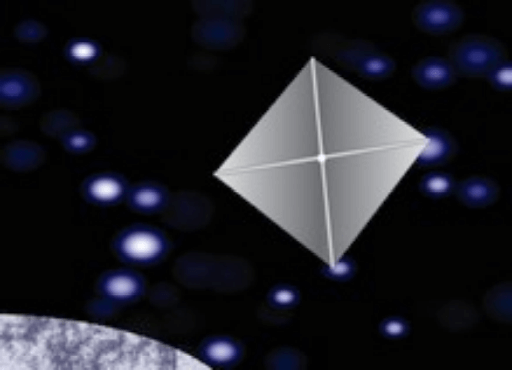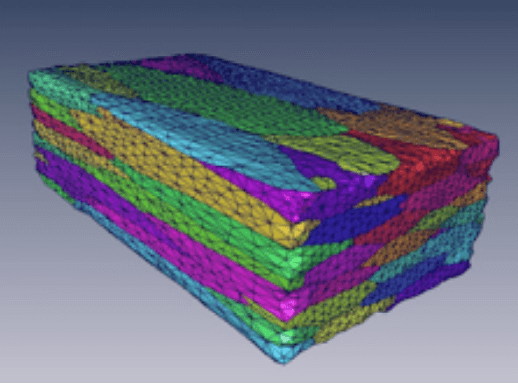Exploration Technologies
Definition and Scope
One of the core drivers in AME departments worldwide is the development of new, more efficient, faster, and safer transportation systems. Planes, trains and automobiles -- and now spacecraft -- are at the heart of our enterprise. New systems are often enabled following advances in technology at much smaller scales. Novel propulsion mechanisms for unmanned air vehicles, new aerodynamic shapes and aircraft skins, new materials and structure designs, and new spacecraft-borne sensing systems expand our horizons. Thus, the vigorous research exploration promotes and enables the exploration of design space, and of new territories, both large and small.
Associated faculty
Andrea Hodge, Veronica Eliasson, Roger Ghanem, Phil Muntz, Blaine Rawdon, Paul Ronney, Ben Yang
Strengths in AME@SC
Our faculty are active in several areas of exploration technologies, including micro-electro-mechanical systems (MEMS) and the modeling, dynamics and control of space structures and spacecraft. We have active industry participation in AeroDesign, and new concepts in both research- and student-driven projects. We have an excellent undergraduate program in Dynamics and Controls, and a thriving graduate program, with a healthy student population. Our faculty are well balanced among theory, modeling, computation and experiment. Our industry contacts exploit the extraordinary focus of talent that occurs in the Los Angeles area.
Focus within a focus
Here are some specific areas of exploration technologies in which our faculty have established expertise.

New concepts for air vehicle design (Various)
Small, remotely piloted aircraft (micro air vehicles) have a broad range of possible applications, and some new challenges. Flight at moderate scales is in some ways more complex than at commercial transport, or fighter jet scale, and wind-tunnel and computational tools are used to investigate this regime in more detail than has been possible before. Many novel aero-designs originate in industry, and the local expertise in LA is exceptional. Industry advisors oversee novel aircraft developments in aerodynamics and in use of new propulsion systems.
Deployable space structures (Yang)
New mathematical models and numerical analysis tools are being developed for design and development of deployable space structures for future NASA applications. Examples of applications include space reflectors, mesh antennas, and largesize solar sails. The research projects are multi-disciplinary, and have to deal with non-traditional behaviors of materials and structures, due to requirements of ultra-light weight and large aperture. Collaborative research effort with NASA engineers in the past 10 years has greatly benefited this research area.


Multi- and nano-scale systems and materials (Hodge, Ronney, Muntz, Eliasson, Ghanem)
State of the art synthesis and testing facilities are used to fabricate new nano-scale materials by controlling the structure at the atomic level. These materials can have very high strength and ductility, with application at elevated temperatures and in high impact systems. Novel propulsion systems use catalytic combustion of hydrocarbon fuel as the energy source and thermal transpiration in nanoporous materials for pressurization. Stochastic networks are used to model system fluctuations and behavior across scales for problems including material integrity and prognosis, complex interacting networks, carbon sequestration, urban ecology, and nuclear reactor safety.
Published on March 3rd, 2017
Last updated on February 26th, 2018

